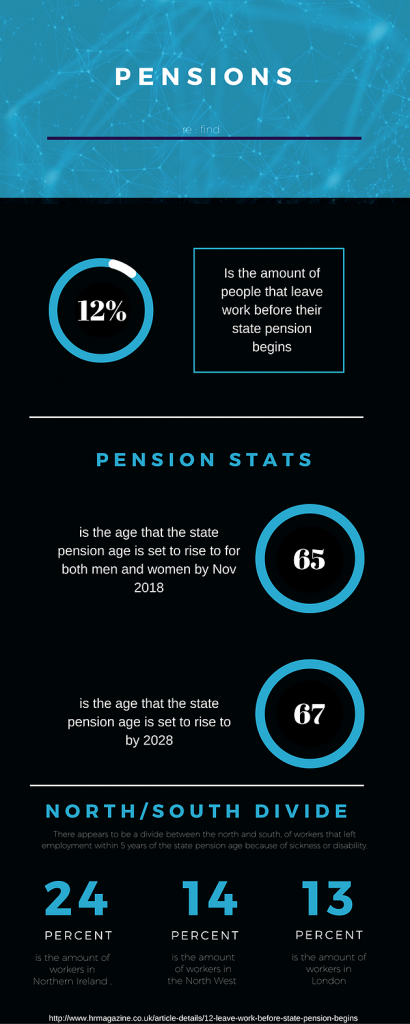
One of the most challenging tasks for an HR professional is managing a merger and acquisition (M&A). As every phase is filled with potential risk for a business, as well as creating doubt and anxiety for employees. So, during merger & acquisitions: What should HR consider?
Get involved from the beginning
Sometimes HR can get involved in an M&A at the last phase but that can often be too late. If HR are involved from the beginning, they will be able to quantify the financial aspect of the people issues. It is especially worth considering certain hidden costs, such as pensions and benefits.
Nurture
When you merge or acquire another business, changes to the business are sure to occur. It is important to consider Integration vs Transformation. Make sure that there is a clear people plan, especially for those that need to be retained, ensure these relationships are nurtured and they feel secure. One of the major reasons an acquisition fails is due to losing key employees and the information they hold.
Strategy
Ensure that there is a definite strategy in place to integrate or transform the businesses post-acquisition. Allowing everyone to be prepared for if/when the deal occurs. These days technology will play a significant role in peoples productivity but it is one of the key area’s that can be forgotten.
Culture
It is imperative to mesh the cultures of the two businesses at a senior leadership level. It is HR’s role to ensure there is sufficient understanding and buy-in at the top, about the pitfalls of not addressing this at an early stage.
Don’t Fear Change
Change is something that is feared by most. Especially within an M&A, as it creates uncertainty. Again, HR is key in helping to smooth out the transition for employees. This can be done by calming fears, driving authentic leadership and being transparent about the change.
To discuss further, you can email me on James@refind.co.uk.
You can view more about James Cumming our change and business transformation specialist here.




